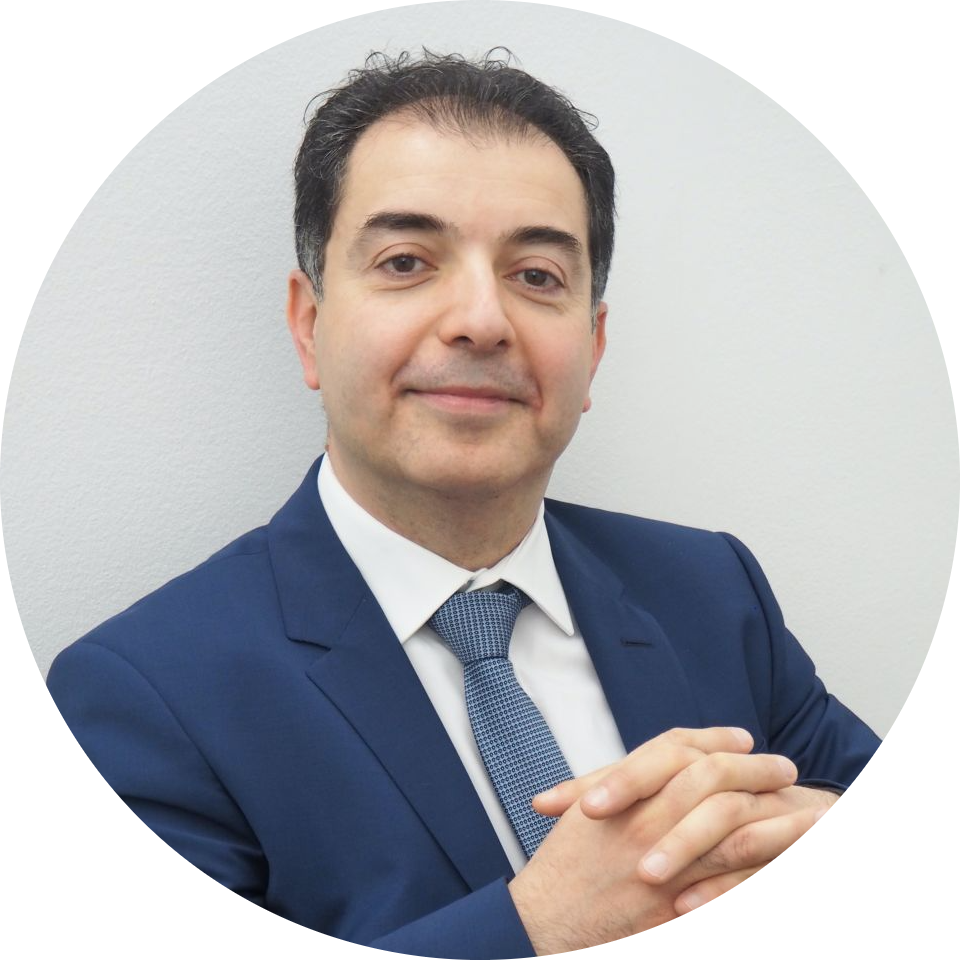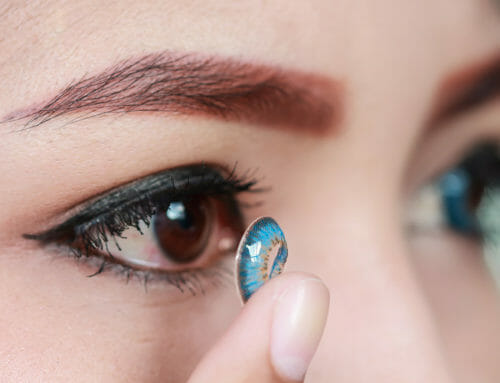
What Is Pterygium?
A pterygium (tuh-RIJ-ee-uhm) is a triangular-shaped, pinkish bump of tissue growth on the eye. It starts on the sclera (white of the eye) and can grow onto the cornea. More than one pterygium is called pterygia. They can keep growing slowly overtime but can sometimes cease growing after a point. It is rare for a pterygium to grow over the pupil. Pterygia may cause blurry vision, discomfort and can potentially deface the eye but they are non-cancerous growths.
Many eye doctors think UV light from sun exposure may be a main aspect as to why a pterygium may develop. Many people who suffer from them usually have spent a lot of time outside and they are more common in sunnier climates. They also affect the 20-50 age group more than any other. Also, some eye doctors believe dry eye disease and dusty and windy environments can also be a factor.
Advice from ophthalmologists for people in a sunny climate, is to wear protective sunglasses that are 100% UVA and UVB protected and a hat with a brim is also recommended. This is important for everyone but especially people who already have a pterygium.
Treatment for a pterygium will vary depending on how much it has grown. If it is small and not too noticeable then an ophthalmologist may recommend eye drops such as lubricants or mild steroids which can help with redness, swelling and irritation.
Pterygia can be removed for cosmetic reasons or if the eye doctor thinks they have grown too large. It is a small procedure not normally lasting longer than 30 minutes. However, there are still risks and complications attached, such as inducing an astigmatism, along with the same risks and complications of any eye surgery. Once a pterygium has been removed they often do grow back. An eye doctor will usually prescribe steroid eye drops to reduce swelling and try to stop any regrowth. They will also strongly recommend wearing protective sunglasses, as detailed above, to help stop regrowth occurring.
If you suffer from a pterygium or think you may have one developing it is extremely important to visit an eye doctor so they can monitor the growth and determine what the best treatment is.

About the expert
Mr Hamada | Consultant Ophthalmologist and Corneal Surgeon
MD, MSc, DO (hons), FRCSEd, FRCOphth I am Samer, founder and consultant ophthalmic surgeon with over 20 years’ experience in ophthalmology. I am a world-renowned specialist in cornea, cataract and refractive surgery. I’m not only a leading surgeon but also the only dual fellowship trained in corneal diseases in children from reputable institutions in the UK. At Eye Clinic London I work closely with other consultant ophthalmologists, optometrists and orthoptists to achieve the best outcomes for our patients. Our main aim is to make sure our patients get the safest and best treatments available to them. We put your safety before anything else so you can rest assured that if you choose us you will be in the best and safest hands.



